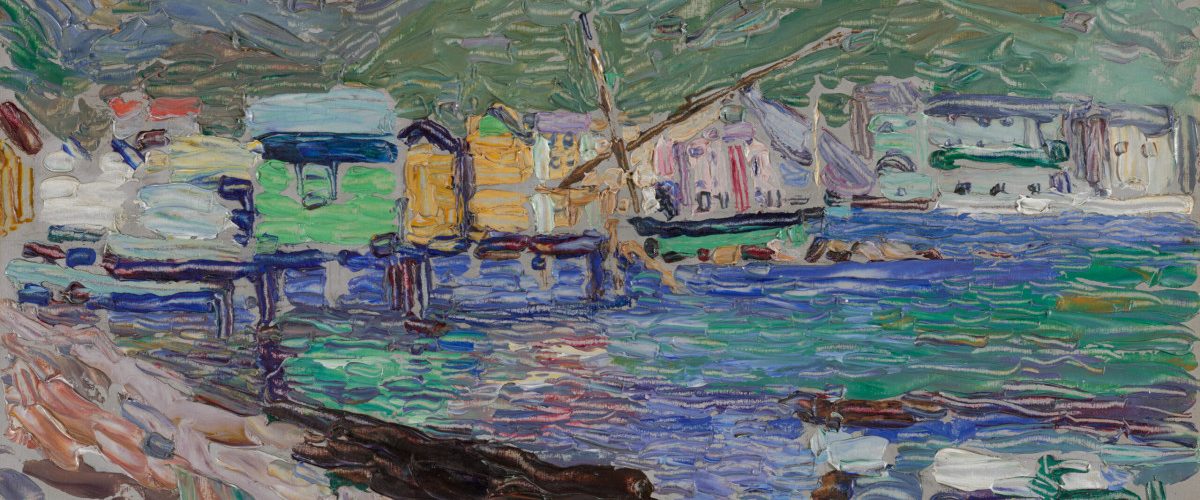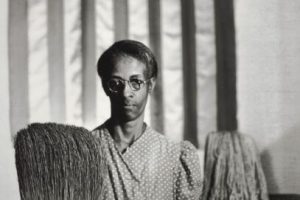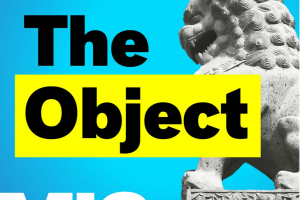MINNEAPOLIS—Jan 30, 2023—The Minneapolis Institute of Art (Mia) announced the 2022 end-of-year gifts to the museum’s collection that include a group of four 19th-century Navajo textiles; a collection of 130 works of Chinese calligraphy from the 16th to the 19th century; and an array of paintings, watercolors, drawings, and pastels by major American and European artists. The museum also stated that over the course of 2022, it received funds for art purchases and gifts of art valued at more than $9 million, supporting the acquisition of more than 500 works during the last year; the two largest areas of collecting were works by Asian or Asian American artists (267) and in the global contemporary category (160).
“One of the most gratifying parts of leading a museum like Mia is seeing the commitment to this institution that is shared among donors and collectors with diverse interests,” said Katie Luber, Nivin and Duncan MacMillan Director and President of Mia. “Philanthropy remains an essential part of collection-building, whether the goal is continuing to grow our ability to present Native American works, broadening and deepening the collection of Asian art for which Mia is so well known, or expanding the scope of our contemporary-art presentations. On behalf of the Board of Trustees, I want to say thank you to the many people whose contributions make our work possible.”
End-of-Year Acquisition Highlights
Among the highlight gifts are a collection of 19 works by important 20th-century European artists from Harriet and the late Walter Pratt, longtime supporters of the museum. This includes Vassily Kandinsky’s early painting Rapallo-Bagni Louisa (1906) and Gabriele Münter’s painting Country Road in Winter (1909), as well as a cast bronze sculpture, Kauernde (1912), by Georg Kolbe. This gift also included two works by American artists: Helen Frankenthaler’s Message from Degas (1972-74), a color etching, aquatint, and liquid brandy aquatint, and a sculpture by John Chamberlain, Local Cannibal (1992). Also gifted to the museum were Jean Eugène Buland’s painting Washerwomen’s Lunch (1900), by Alfred and Ingrid Lenz Harrison.
Retired American diplomat Mark S. Pratt (no relation to Harriet and Walter Pratt) spent much of his career in Asia, including mainland China, Hong Kong, and Taiwan. In that time, he developed connections with numerous calligraphers who nurtured and supported his interest in the art form and helped him build an important collection with more than 153 pieces. The most recent gift of more than 130 pieces of Chinese calligraphy builds on an earlier gift from Pratt of 23 objects, and significantly enhances Mia’s holdings of this important component of Chinese art. Within this large group of objects are a number of pieces by calligraphers who were important statesmen of the Ming and Qing dynastic periods, including Hai Rui (1514-1587), a scholar-official of the Ming dynasty; Zhen Chenggong (1624-1662), also known as Koxinga, who led a military campaign that included reclaiming Taiwan from Dutch control in 1661; and Liu Yong (1719-1804), who held a number of major government positions and was regarded as the most influential calligrapher of his time.
Related to calligraphy is the acquisition of a carved huanghuali hardwood Scholar’s Box from the 17th century. The exquisitely carved box would have been used to store scholarly items such as writing brushes, ink sticks, and seals. While many boxes of this type produced during the late Ming and early Qing dynasties were less decorated, conveying elegance and austerity simply through the perfection of lines and the material itself, this box is more generously decorated with its unique carved designs on the front face. This can be seen as the beginning of a gradually increasing preference for more ornately ornamented furniture as the Qing dynasty progressed.
Using an upright loom, Navajo weavers create textiles of stunning beauty, and Mia has been given four such pieces. Each design is executed without studies or drawings, reflecting the skill of such artists for holding the design pattern in their minds. Also, Navajo weavers traditionally sing blessing songs as they weave in order to stay in a state of hozho, a central Navajo concept that includes ideas of health, harmony, balance, order, grace, and happiness. The four textile works in this gift from Sally and Peter Herfurth include two Late Classic Serapes and two Third Phase Chief Blankets, all from the 19th century. The Herfurths also gifted the painting Unfinished Dancer (1979), by the American (Luiseño) artist Fritz Scholder (1937-2005).
In many cases, gifts of funds in support of acquisitions are as important as gifts of art. In 2022, financial support from donors helped Mia acquire several objects, including American artist Juanita McNeely’s painting A Year Together (1969), the oil and pencil on linen work Front Room (2022) by the Botswanan artist Pamela Phatsimo Sunstrum, and two works on paper by the American writer Grant Wallace (1868-1954), who said that he made these works under the influence of a spiritualist medium.
About the Minneapolis Institute of Art
Home to more than 90,000 works of art representing 5,000 years of world history, the Minneapolis Institute of Art (Mia) inspires wonder, spurs creativity, and nourishes the imagination. With extraordinary exhibitions and one of the finest art collections in the country—from all corners of the globe, and from ancient to contemporary—Mia links the past to the present, enables global conversations, and offers an exceptional setting for inspiration.
General admission to Mia is always free. Some special exhibitions have a nominal admission fee.
For more information, call + 1 612.870.3000 or visit artsmia.org.






